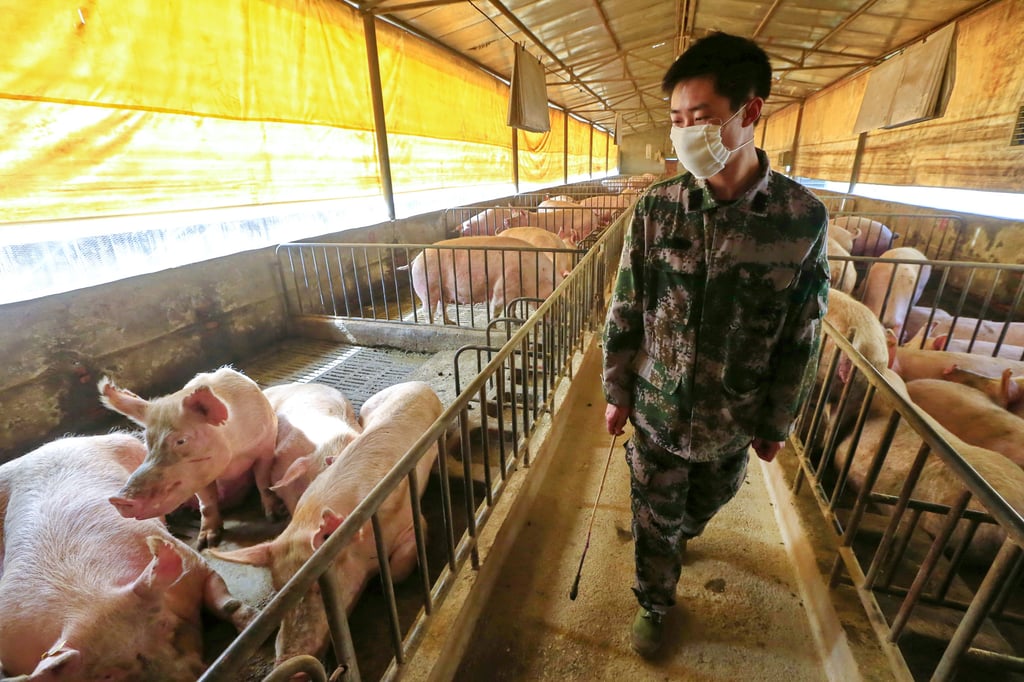Advertisement
Their comprehensive global study, published late last month, highlighted the abundance and diversity of these genes within the livestock resistome – the collection of antibiotic-resistance genes (ARGs) in the microbiome.
The team also developed a framework to help identify hotspots for antibiotic resistance genes in livestock, along with their risk level, as these genes can exist in bacteria that can easily transfer to humans, such as E coli.
“This study represents, to our knowledge, the most comprehensive survey of livestock resistome to date, spanning 14 years and covering 26 countries of various income levels and nine major livestock-producing countries,” the team said in a paper published in the peer-reviewed journal Science Advances on June 27.
“We developed a risk-assessment framework by integrating mobility potential, clinical significance, and host pathogenic relevance, and prioritised higher risk livestock ARGs, producing a predictive global map of livestock resistome risks that can help guide research and policy.”

Antimicrobial resistance occurs when bacteria, viruses, parasites and fungi no longer respond to antimicrobial medicines, such as the antibiotics used to treat bacterial infections.


